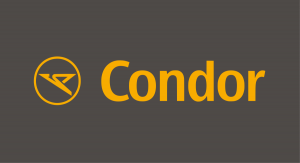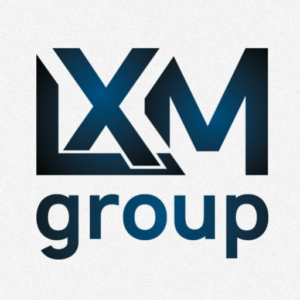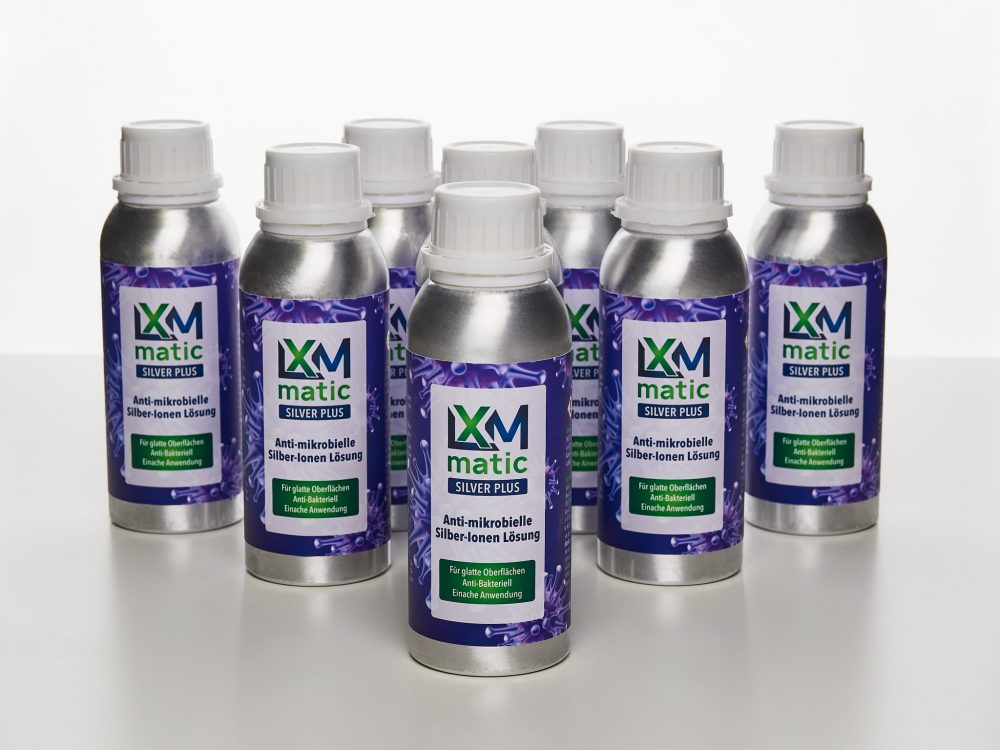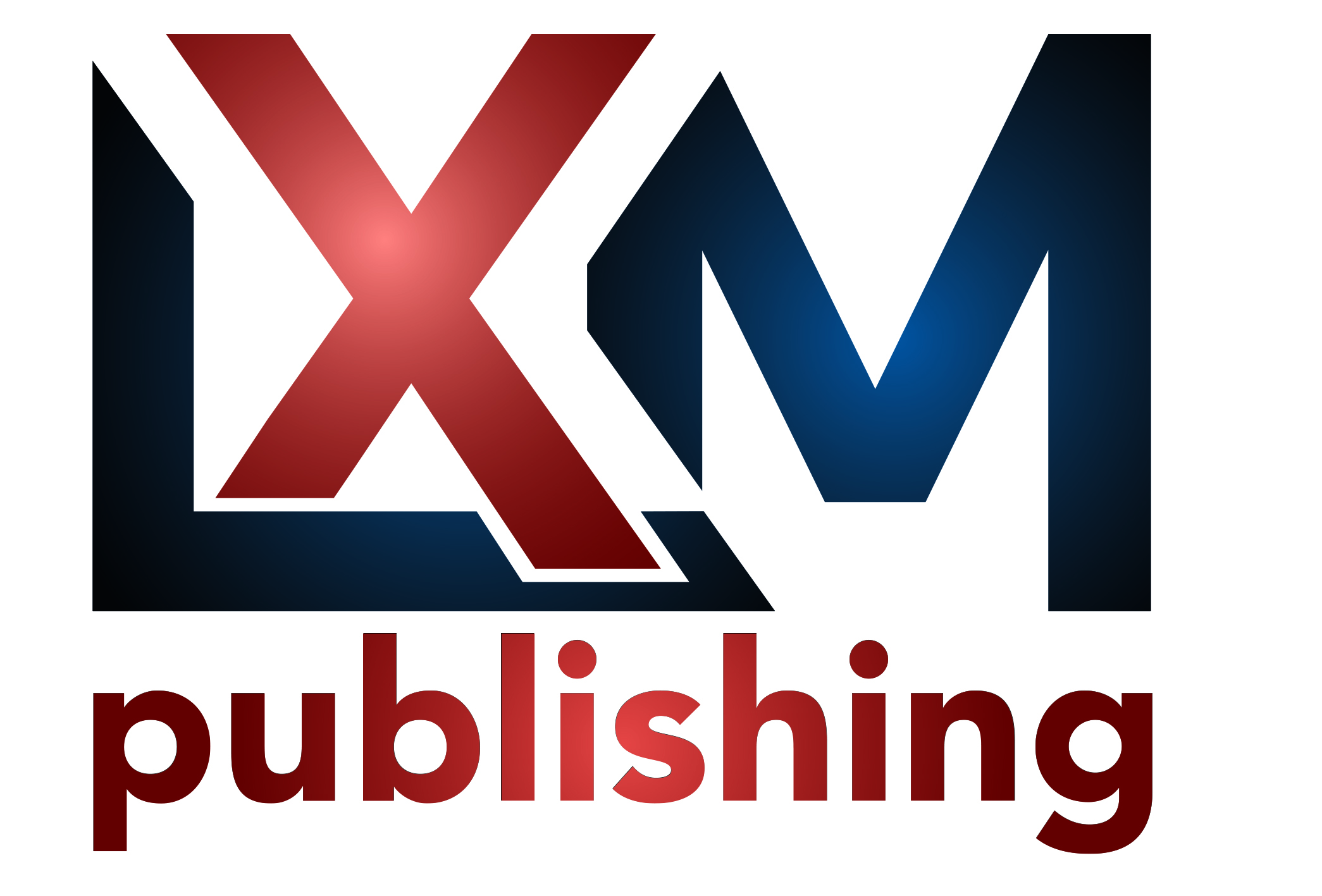Client: Condor Flugdienst GmbH

LXM Group was awarded the contract to carry out the rebranding of the 50-unit strong Condor fleet on the 17th of October 2019. This was clearly not just a project, but also a mission to us!
A project team from Condor’s side was ready to hit the ground running.
Instead of a paint-livery make up, we had tendered with a high performance, aviation-grade vinyl foil solution. This meant a quick execution, mostly to be carried out during scheduled A-check maintenance events. Also, it has a green footprint, considering that about 100 ferry flights to paintshop facilities were not required.
On a fast track
The first project meeting kicked off just a day after signing the contract and a day later, the final design of the new tail logo was released and approved by Condor’s management.
Given Condor’s strong brand reputation in Germany, the eponymous bird that once graced the carrier’s tail livery was to return to the fins of fifty aircraft. The Condor had always remained a part of the livery though, on winglets and wingtip fences, on the nose section, below the cockpit and needless to say it also remained a presence in the cabin.
The timeline to meet was a tough one! The first aircraft, was to be rolled out of the Condor Technik hangar (Hall 9) located in Frankfurt airport’s southerly Cargo City Süd area as early as the 27th of November. Obviously, this honour needed to go to one of the flagships in the Condor fleet – a Boeing 767-300ER.
The LXM specialist team picked up work on design layouts, production drawings and all required regulatory documentation, in form of a minor modification through an EASA Part 21 J Design Organisation for all areas touched on the aircraft. This is a standard procedure and as a quick win, we could even base the removal of the aft fuselage Thomas Cook titles on all Boeing 757-300s on a previously existing Service Bulletin (SB).
As for the new livery of the fleet – this maintains the former basic paint job – a white fuselage, punctuated with yellow engines, a ribbon of yellow and light, metallic grey on the aft of the aircraft and a dark grey tail overlaid with the new Condor logo. While the former circular logo, last present on the tails sixteen years ago, remained fully within the tail section – the new logo is a slightly more modern interpretation, remarkably larger and parts of the circle cut off on the leading and trailing edges of the vertical stabilizer.
Well, but it proofed to be slightly more complex. The least complex part were the three aircraft in retro and spevial livery: B767-300 D-ABUM „Achim“ in the 1970s colour scheme, A320 D-AICH „Hans“ in the original early 1960s paintjob and „Willi“, B757-300 D-ABON in the colourful „Wir lieben Fliegen“ look. All of these could remain untouched, having already previously not sported any exterior graphical reference to the former holding’s name.
Complexity arose in the form of a matrix that was put together to summarize firstly the fleet aircraft type, secondly the livery type, thirdly the AOC under which each airframe is operating plus last but not least the material being used for application of the Sunny Heart logo on the tail fins. This resulted in thirteen different combinations, that we called „processes“.
In the mean time, the target was defined! B767-330ER D-ABUF, originally delivered in April 1994 to Condor and having remained its entire career with a single operator, was chosen to be ship number one to receive the new look! November 29th, it would be – the unveiling of the bird, having hatched from its egg, in front of some hundred of employees inside Condor Technik’s Hangar 9.
Matching paint colour and printing colour turned out to be tricky, too. At the end, the fourth print colour version of the Yellow (Pantone 219U / 130C), the sixth different version of Grey (Pantone 424C) and the third version of blue (Pantone 285C) were the appropriate matches. Weathering effects, especially on the blue aircraft posed yet another challenge.
Then production of the first placard kits kicked off. Each side (port and starboard) of a B767-300ER consisting of sixteen different decals for the tail design and five decals for the aft fuselage blankout. On some aircraft however, Condor engineering had already rolled the former titles with white paint.
On the B757, we worked with 13 different placards each tail side, while using nine each side on the Airbus fleet.
On the B767, the area to be installed to the tail unit (both sides) is approx. 120 m². A total of over 5,500 m² of aircraft space would need to be pasted across the fleet. As a comparison – the standard size of a soccer field is 7,140 m².
The edges of the elements are sealed with 3M edge sealer. In addition, the trailing edge of the vertical stabilizer and the leading edge of the rudder are reinforced with anti-erosion tape. We hereby prevent damage to the applied material by the rudder movements in flight. On the Boeing fleet, weight and balance issues also had to be considered. Material attached to the fuselage and its pressurized cabin is additionally perforated.
The Coronavirus pandemic halted our project at the count of 46 airframes, with two each B767s (D-ABUC in blue livery and D-ABUO in grey) and A320s (D-AICA and EC-MVH) still to go.
Finally, after a seven-week lockdown, work resumed in early May, with at the time of writing of this article, A320 EC-MVH being the final airframe remaining to be rebranded. Coincidentally, this is also the last aircraft that still sports the large fuselage Thomas Cook titles and will see its transition from the Thomas Cook Airlines Balearics to the Condor AOC by early June. As a „grand finale“, this aircraft will receive „maximum foil treatment“: Fuselage titles, tail logo, registrations, flags, underwing registration coverage and wingtips logos.




